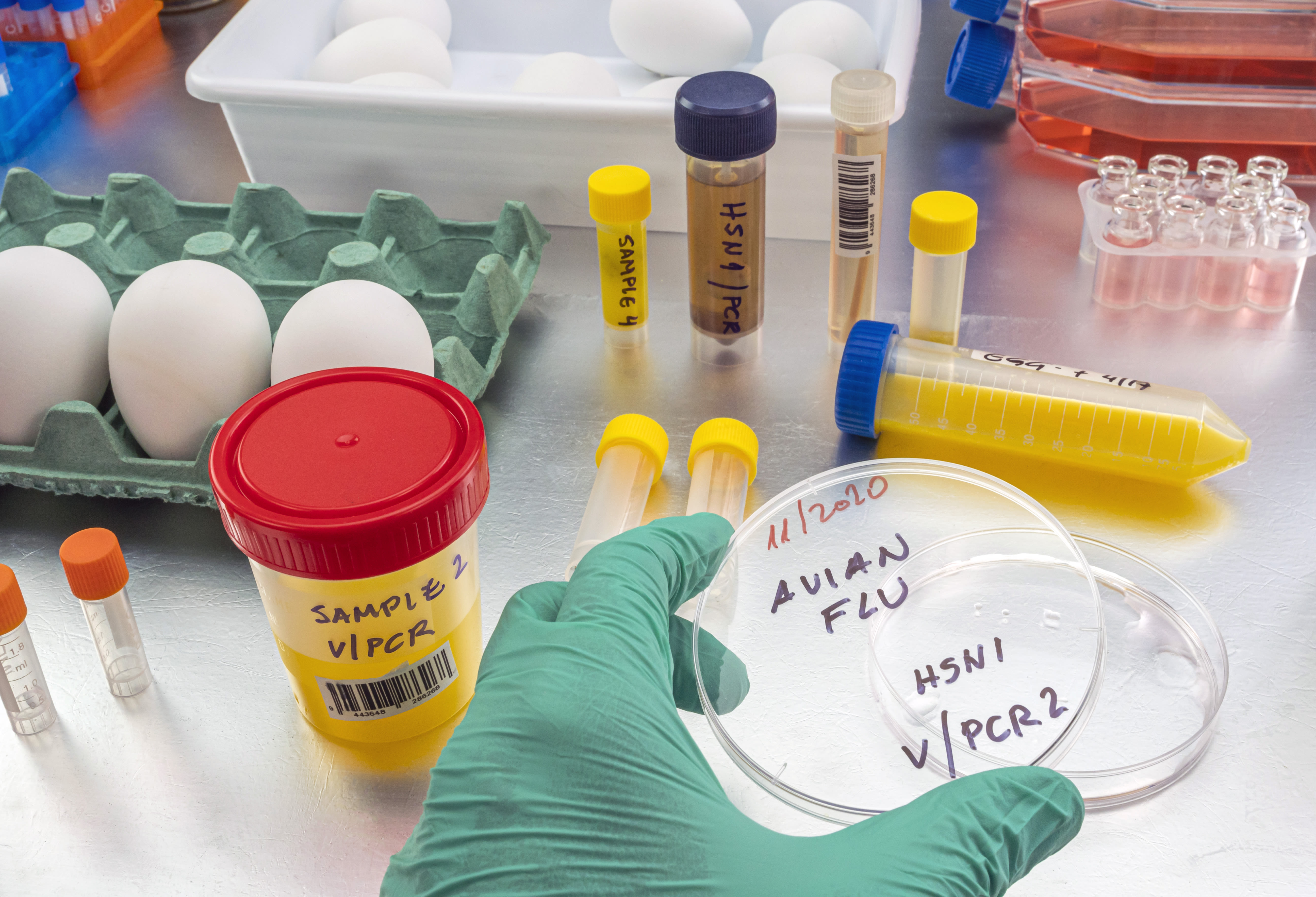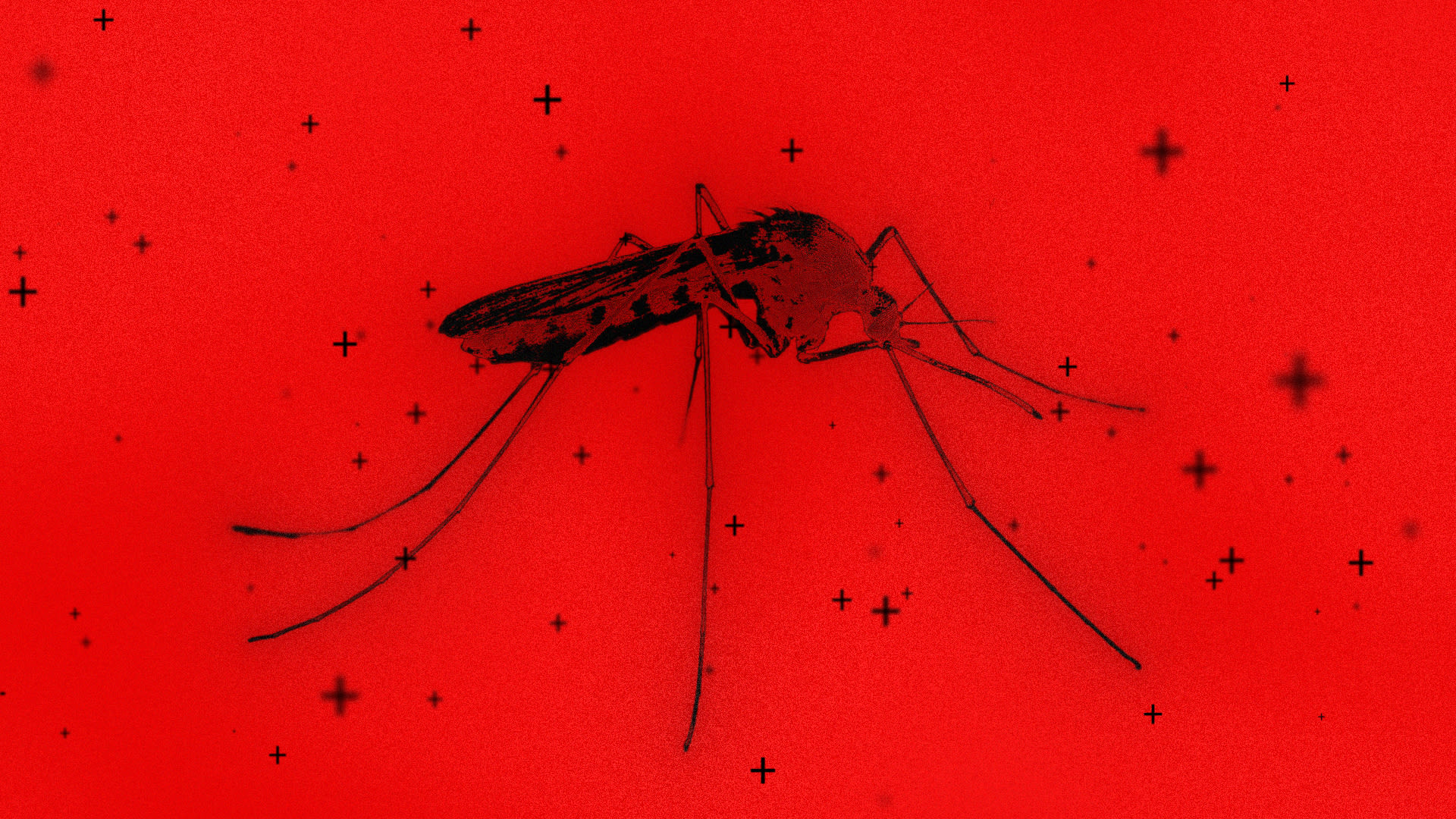Search results
One day before symptoms develop
- Flu viruses can be detected in most infected persons beginning one day before symptoms develop and up to five to seven days after becoming sick.
www.cdc.gov › flu › about
People also ask
How long does it take to get a flu test results?
How do you know if you have a flu?
Can a doctor prescribe antiviral medications after a flu test?
Apr 16, 2024 · You’re contagious with the flu for up to four days after you notice symptoms, and you might transmit the flu without knowing it a day or two before your symptoms begin. After five to seven days, you can safely assume you’re no longer contagious.
Confirmation of influenza virus infection by diagnostic testing is not required for decisions to prescribe antiviral medication. Decision-making should be based upon signs and symptoms consistent with influenza illness and epidemiologic factors.
- Overview
- What is the incubation period of the flu?
- When does the flu become contagious?
- What are the early symptoms of the flu?
- How does the flu spread?
- The bottom line
This period of time before you get symptoms of infection is called the incubation period. In cases of the flu, this is usually between one and four days.
Influenza, often just called the flu, is a respiratory illness that’s caused by a virus. It’s contagious, meaning it spreads from person to person.
While influenza viruses can circulate year-round, they’re more common in the fall and winter months of the year. This period is referred to as the flu season.
But once you get the virus, how long does it take to start feeling flu symptoms? Read on to learn more about how the flu develops and when it becomes contagious.
While the general incubation period for the flu is usually between one and four days, this period can vary from person to person. The average incubation period for the flu is two days.
This means that, on average, people start to develop flu symptoms about two days after coming into contact with the influenza virus.
Several things can influence how long the incubation period is for the flu, including:
•Infectious dose. This is the amount of virus you’ve been exposed to. Coming into contact with a larger amount of virus particles can shorten the incubation period.
•Route of infection. This refers to the way the virus enters your body. Some routes of infection are more efficient than others, which can either increase or decrease the incubation period.
•Pre-existing immunity. If you’ve been exposed to a certain virus before, your immune system may recognize it earlier, which can shorten the incubation period.
Once you have the influenza virus, you can spread it to other people about a day before you first notice symptoms.
Remember, the average incubation period for the flu is about two days. So, if you come into contact with virus on Saturday morning, you can potentially start spreading it to others by Sunday evening. And by Monday afternoon, you’ll likely start feeling the dreaded body aches that come with the flu.
Viral shedding refers to the release of the virus from your body into your surrounding environment. It tends to peak during your first day experiencing symptoms. This means you’re usually most contagious on this day. Once you develop symptoms, you’ll still be contagious for another five to seven days.
Children, older adults, and those with a weakened immune system may be contagious for a longer period of time.
It’s often hard to know when you have the flu coming on. Unlike the symptoms of the common cold, which develop gradually, the symptoms of the flu often come on suddenly.
The common symptoms of the flu can include:
•fever
•headache
•stuffy nose
•sore throat
The flu mostly spreads through respiratory particles that are released when your cough and sneeze. If you have the flu and sneeze in a crowded area, those around you can inhale the particles of your sneeze and get the virus.
The virus can also be transmitted through coming into contact with objects or surfaces, such as a door handle or keyboard, that are coated in these respiratory particles. If you touch a contaminated object and then touch your eyes, nose, or mouth, you may get the flu.
If you already have the flu, there are a few things you can do to reduce your risk of passing it to others:
•Stay home. The flu is extremely contagious, so it can spread quickly in crowded settings, such as schools and offices. Try to limit your contact with others until you’ve been fever-free for at least 24 hours.
•Wash your hands. Wash your hands with soap and warm water often, especially after coughing, sneezing, or touching your face. If soap and water aren’t available, use an alcohol-based hand sanitizer.
•Cover your mouth and nose. When you sneeze or tough, try to do so into a tissue or the crook of your elbow to reduce the spread of respiratory particles. Make sure to quickly throw away any used tissues.
The flu is a highly contagious respiratory infection that’s common in the colder months of the year. Once you’ve encountered the virus, it can take between one and four days to develop symptoms. Once you have the virus, you’ll be contagious starting about a day before you notice symptoms.
If you want to avoid the flu altogether, the Centers for Disease Control recommends getting the seasonal flu shot as your best bet. Here’s a look at the pros and cons of the flu shot.
Aug 9, 2023 · Get a flu test if you have flu-like symptoms during flu season. You can get results in as little as 15 minutes. If you have a positive flu test, talk with your provider right away about antiviral medication, especially if you could be at risk for severe symptoms.
News about Michigan, H5N1, bird flu
News about COVID-19, FLiRT subvariants, California
Also in the news
Rapid influenza diagnostic tests (RIDTs) are immunoassays that can identify the presence of influenza A and B viral nucleoprotein antigens in respiratory specimens, and display the result in a qualitative way (positive vs. negative) (1). In the United States, a number of RIDTs are commercially available.
Jan 10, 2024 · You can inhale the droplets directly. Or you can pick up the germs from touching an object, such as a computer keyboard, and then touching your eyes, nose or mouth. People with the virus are likely contagious from about a day before symptoms appear until about 5 to 7 days after they start.
Mar 22, 2024 · Flu viruses can be detected in most infected persons beginning one day before symptoms develop and up to five to seven days after becoming sick. People with flu are most contagious during the first 3 days of their illness. Some people, including young children and people with weakened immune systems may be contagious for longer periods of time.





